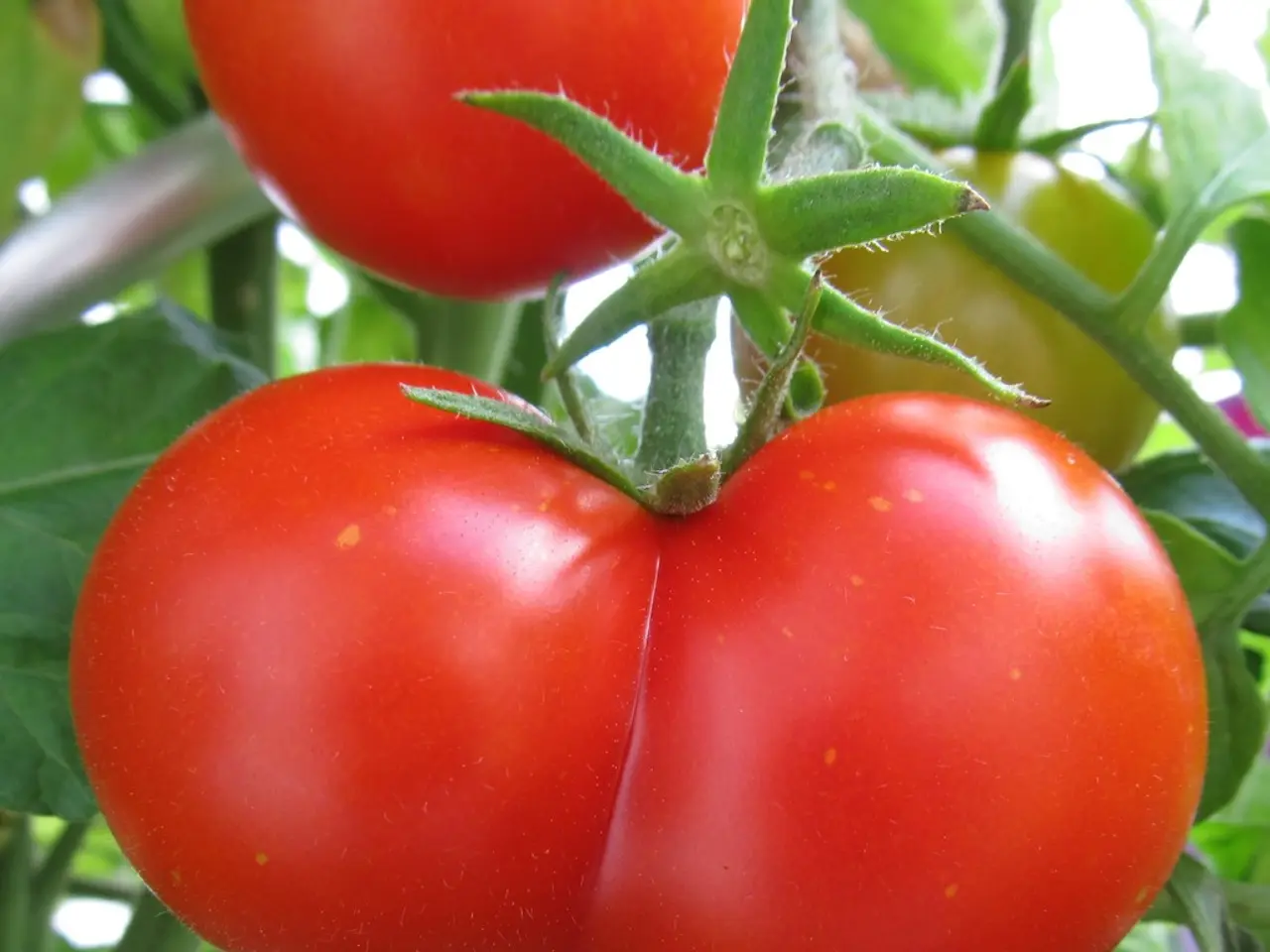Planting Options Following Tomatoes: 6 Quick-Growing Veggies to Extend the Harvest Period
In the waning days of summer, as tomatoes ripen and grace your kitchen counters, it's time to consider what to plant next in your garden for a bountiful late-season harvest. Cool-season crops, such as broccoli, cabbage, Swiss chard, lettuce, and root vegetables, are ideal choices for a productive fall garden.
One such vegetable is cabbage, a cool-season crop that thrives in fall and can be planted as early as mid-summer for a harvest in October or November[1]. Broccoli is another excellent option, with heat-tolerant varieties maturing in about 50 to 90 days[1]. Swiss chard, easy to grow and less likely to bolt in cooler weather, can provide quick harvests, with some varieties maturing in as little as 4 weeks[1].
Lettuce and salad greens are also suitable for fall planting. Heat-tolerant varieties can be planted in mid-summer for a fall harvest, but it's crucial to provide shade and keep the soil moist to avoid bolting during hot spells[2][3]. Turnips, beets, parsnips, and kohlrabi are root vegetables that are suitable for fall planting and mature relatively quickly[1].
Fast-growing herbs like basil (for earlier plantings) and drought-tolerant herbs like rosemary, oregano, and thyme are also great additions to a fall garden, especially in regions with dry conditions[3][4].
Kohlrabi, often referred to as turnip cabbage, is a delicious and underappreciated vegetable with flavors similar to cabbage. It's frost-tolerant and ready for harvest in 55-70 days after sowing seeds in mid to late summer[1]. Kohlrabi can be stored in the vegetable crisper for several weeks and will retain its crisp nature.
Peas are another cool-season crop that can withstand temperatures in the high 20°Fs (-7°C) and can be planted after tomatoes. Shelling peas take the longest to produce pods, but snap and snow peas will produce pods 8-12 weeks from planting the seed[1]. Swiss chard can be planted directly or sown into trays and planted out in September[1].
Spinach variety Giant Winter is suitable for northern gardeners and can be sown directly from late August to early September[1]. Root vegetables such as beets, carrots, radishes, rutabagas, and turnips can also be planted after tomatoes, as they prefer cooler temperatures for germination[1].
To protect brassicas grown in cooler regions, consider using a cold frame or tunnel[1]. Straw, hay, wood chips, dried leaf or grass clippings, and compost can be used as organic mulch to keep the soil lightly warm and provide nutrients to root vegetables[1].
In summary, after tomatoes, consider planting cool-season vegetables like broccoli, cabbage, Swiss chard, lettuce, and root vegetables in late summer to early fall for a productive late-season garden. Make sure to select varieties suited to your climate and the time until the first frost[1][2][4]. Happy gardening!
In the transition from summer to fall, Swiss chard, with its ability to grow quickly and resist bolting in cooler weather, is an ideal choice for a home-and-garden plot. Additionally, turnips, beets, parsnips, and kohlrabi, known as root vegetables, also mature swiftly and make suitable fall plantings.




